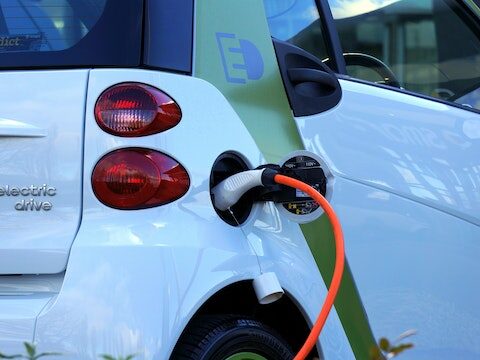“Mobility 2030” likely refers to a vision or plan for the future of transportation and mobility that is set to be realized by the year 2030. Mobility encompasses how people and goods move from one place to another, and it’s an area of great interest and development due to the evolving needs of society, technological advancements, environmental concerns, and urbanization.
Here are some key trends and areas of focus often associated with Mobility 2030:
Electric and Autonomous Vehicles: The widespread adoption of electric vehicles (EVs) and autonomous vehicles (self-driving cars) is expected to be a significant part of mobility in 2030. This shift is driven by the need to reduce greenhouse gas emissions and improve road safety.
Shared Mobility: Shared mobility services, such as ride-sharing and car-sharing, are expected to play a more prominent role in urban transportation, reducing the need for individual car ownership and easing traffic congestion.
Public Transportation: Improving and expanding public transportation systems will continue to be a priority, especially in densely populated areas. High-speed rail, bus rapid transit, and other forms of mass transit may see significant upgrades and expansion.
Sustainability: Sustainability will be a central theme in Mobility 2030. Reducing the environmental impact of transportation through the use of clean energy sources, more efficient vehicles, and alternative transportation modes like bicycles and electric scooters will be emphasized.
Connectivity and Mobility as a Service (MaaS): Increased connectivity through the Internet of Things (IoT) and the development of Mobility as a Service platforms will make it easier for people to plan and pay for their journeys across different modes of transportation seamlessly.
Urban Planning: Cities will need to adapt their infrastructure and urban planning to accommodate these changes in mobility. This includes dedicated lanes for EVs, autonomous vehicles, and bicycle-friendly infrastructure.
Regulation and Policy: Governments and regulatory bodies will need to update and create new regulations to ensure the safe and efficient integration of new mobility technologies.
Data and Analytics: Data collection and analysis will be essential for optimizing transportation networks, predicting traffic patterns, and improving overall mobility efficiency.
Infrastructure Investment: Substantial investments in transportation infrastructure, including charging stations for EVs, will be necessary to support these changes.
Last-Mile Solutions: Innovations in last-mile transportation, like electric scooters and delivery drones, will continue to evolve, addressing the challenges of getting people and goods to their final destinations.
Global Collaboration: Given the interconnectedness of the world, international collaboration on mobility standards, emissions reduction goals, and technology development will be crucial.
It’s important to note that the specific vision for Mobility 2030 can vary greatly by region and country, depending on their unique challenges, priorities, and technological capabilities. Additionally, Mobility 2030 is not a fixed concept and will continue to evolve as new technologies and trends emerge in the coming years.




